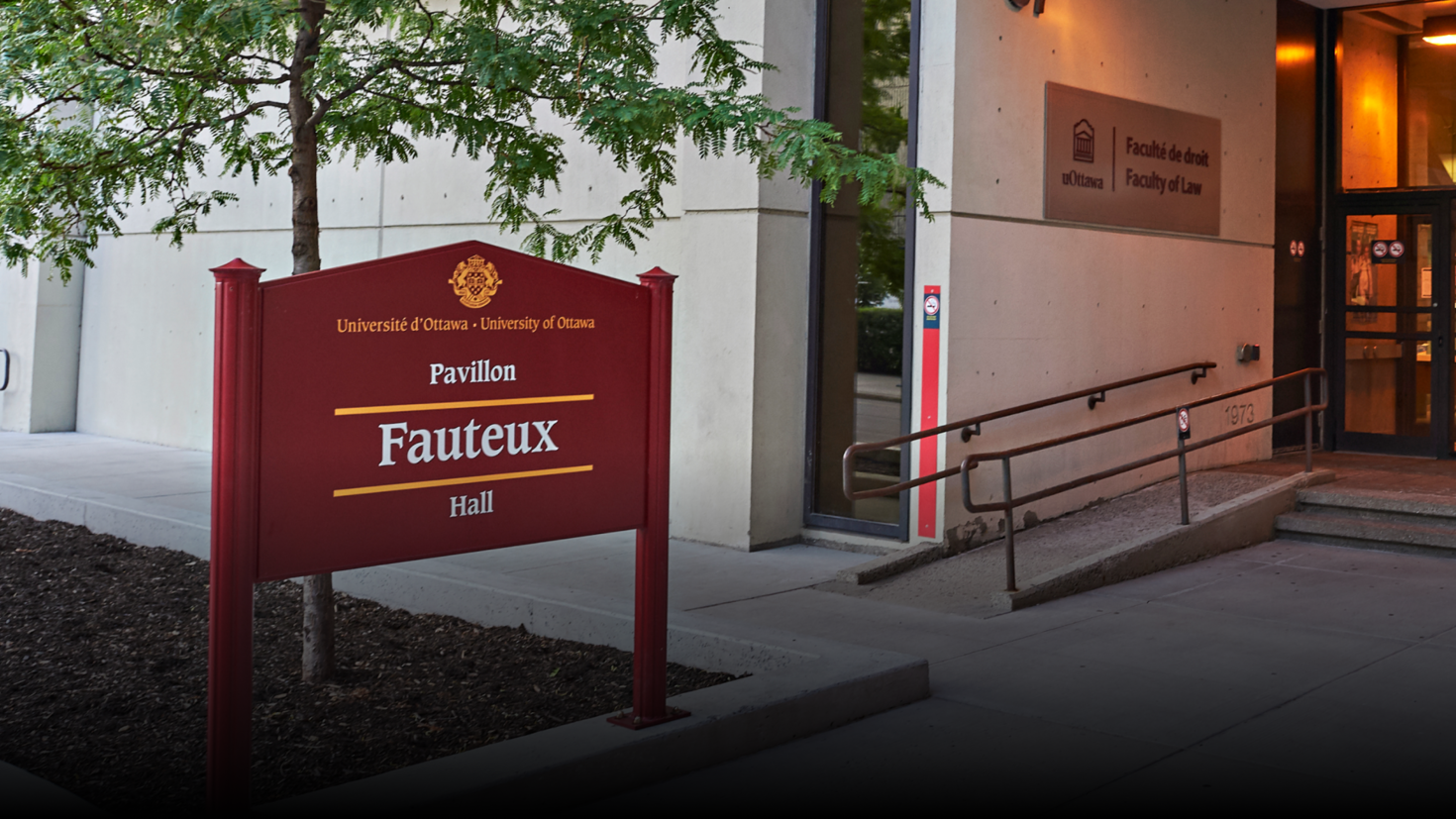By: Jean-Frédéric Hübsch
Each year, graduate students from across the University of Ottawa are offered the opportunity to take part in a course called Children’s Rights – An Interdisciplinary Approach. The course is organized by the University’s Interdisciplinary Research Laboratory on the Rights of the Child, and provides emerging researchers from across the university community the space to learn and think about children’s rights from multiple perspectives. Earlier this year I had the pleasure and privilege of being one of these students.
Every Wednesday morning from January to April 2021, we came together (online) as master’s and doctoral students in law, social work, psychology, human kinetics, education, and music to deepen our understanding of what children’s rights mean for our research and for our communities. In this seminar-style course, we engaged with key concepts of children’s rights and the tensions surrounding the realization of children’s rights. Throughout the semester, criminology professor Christine Gervais guided our discussions with collegiality and compassion, and brought in children’s rights researchers and advocates to deepen our individual and collective understanding of children’s rights in theory and in practice.
Given our relatively small group – we were no more than a dozen – we had the space and time to explore deeply what we were learning. Through reflexive exercises and assignments, we were invited to consider how our weekly readings, guest presentations, and in-class discussions shaped our appreciation of children’s rights. Toward the end of the semester, we were each given space to integrate the approaches to children’s rights research and practice that were introduced in class through presentations about issues that were of particular interest for our own studies. My presentation focused on children’s participation in education decision-making, and my colleagues spoke about dangerous gaps in child protection systems, digital threats to children’s wellbeing, violence against Black youth in Brazil, and systemic racism against Indigenous children in Canada, among other timely and challenging topics.
While such topics might be examined in discipline-specific courses, a children’s rights approach necessarily means thinking and acting across disciplines (Collins & Paré, 2016; Paré, 2017). Children’s lives are not parcelled out according to the disciplinary lines that professionals and academics have drawn for themselves. This course offers a rare space for graduate students to be exposed to and integrate research findings across disciplines. I began the semester with good knowledge of the law as it relates to children, gained through my past professional and academic experiences. I ended the semester with a broader understanding of the scope and potential of children’s rights; the magnitude of the gap between words and deeds when it comes to matters affecting children; the systemic and ethical challenges of conducting children’s rights research; the importance of safe and inclusive communities for children’s wellbeing; and, the necessity to meet children where they are and treat them as experts in their own lives.
As Professor Gervais noted in our last class, realizing children’s rights means modeling right-respecting practices, and being explicit and persistent about referring to and applying children’s rights in our research. Having taken this course, I feel better equipped to mobilize relevant interdisciplinary knowledge in my research and in my communities to promote greater respect for children’s rights. Anyone whose work or research in some way relates to or affects children’s lives should take this course.
References
Collins, T. & Paré, M. (2016). A child rights-based approach to anti-violence efforts in schools. International Journal of Children’s Rights, 24(4), 762–802.
Paré, M. (2017). Children’s rights are human rights and why Canadian implementation lags behind. Canadian Journal of Children’s Rights, 4(1), 24–47.
